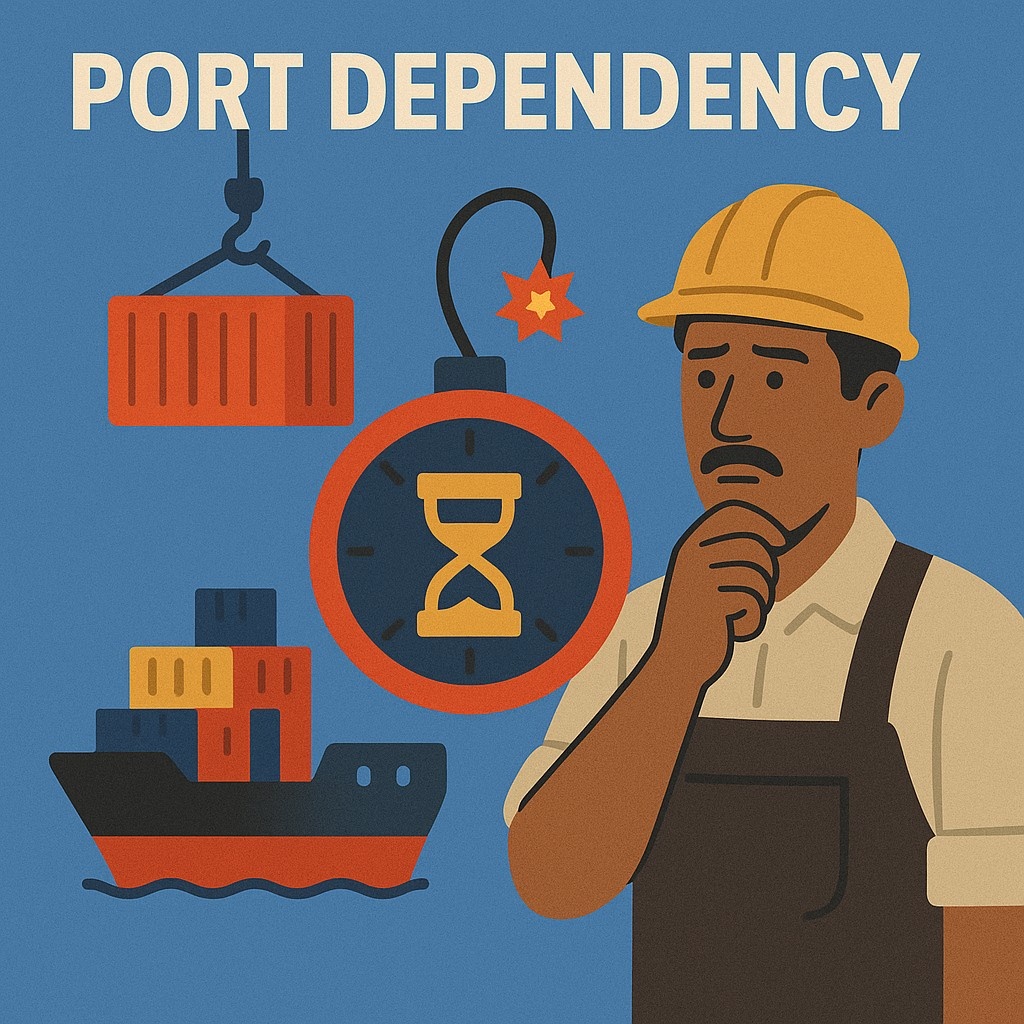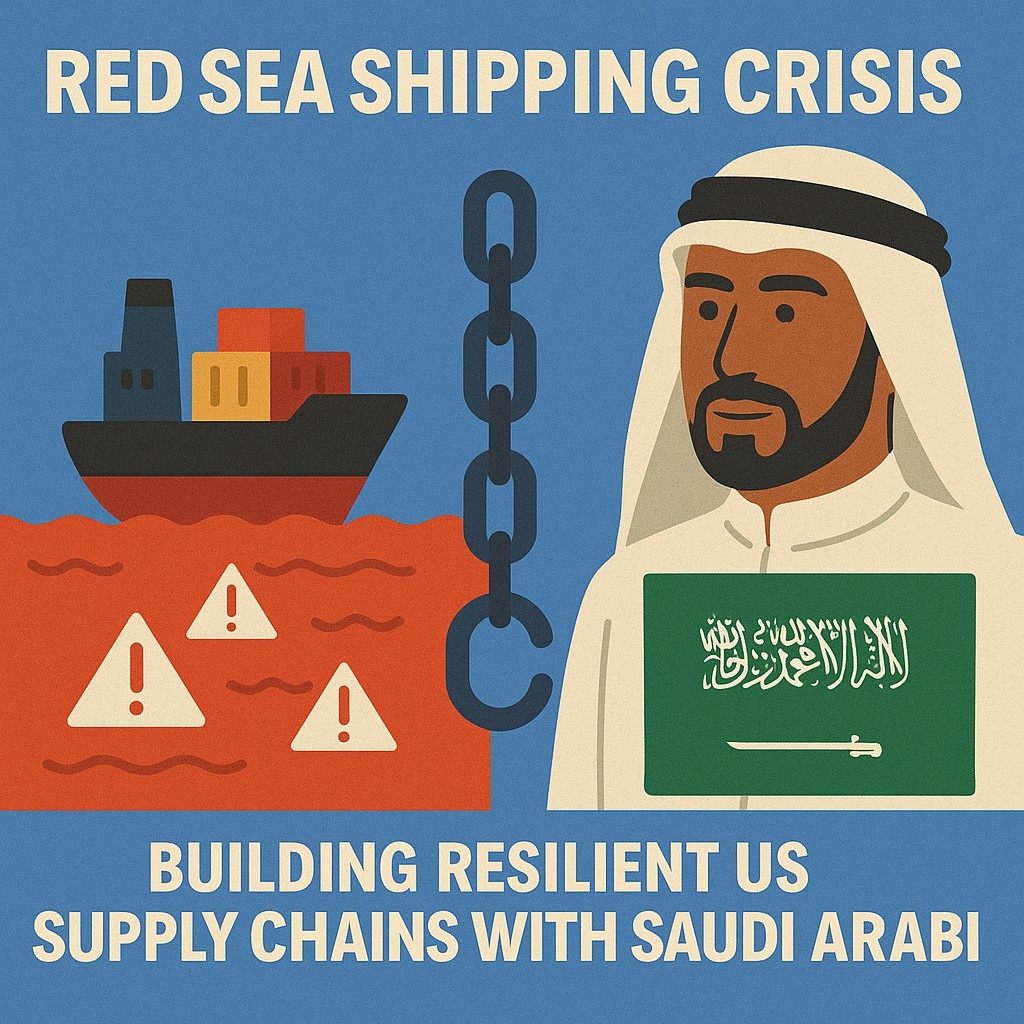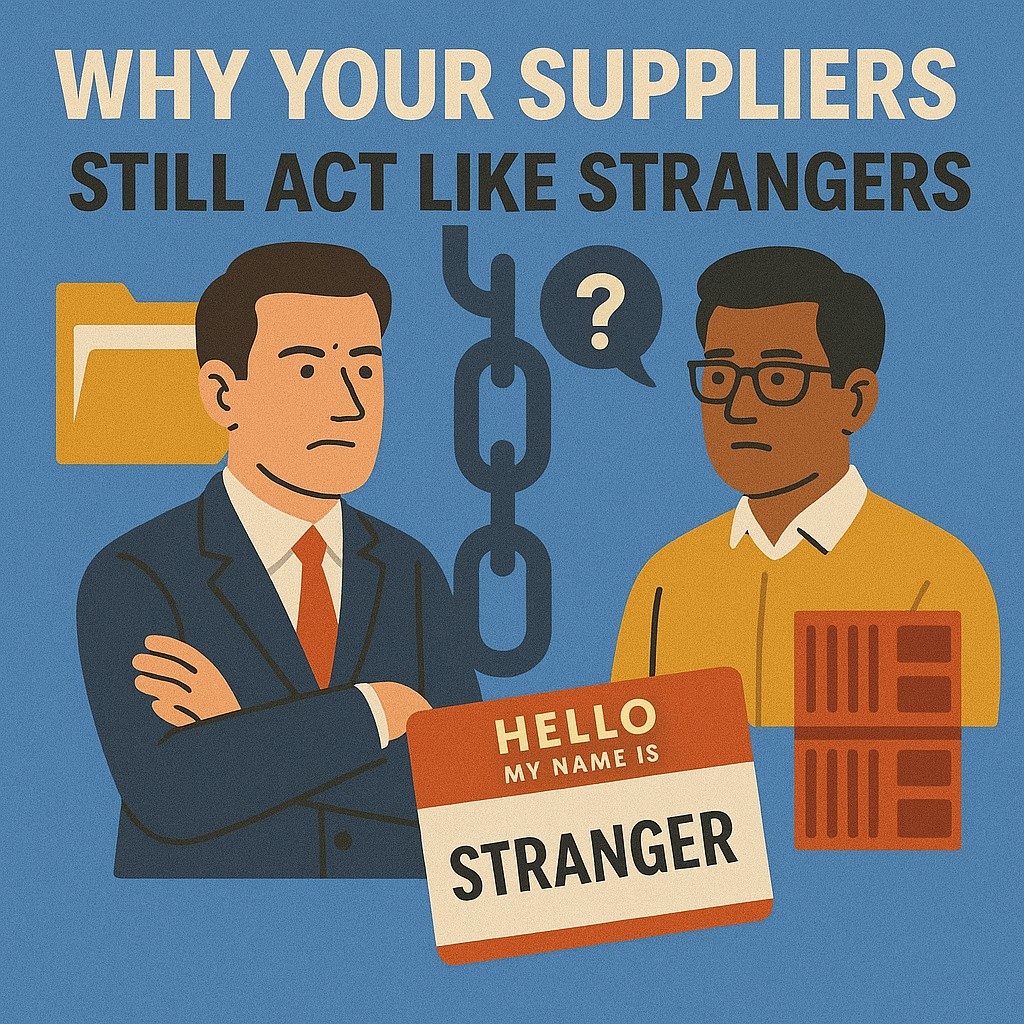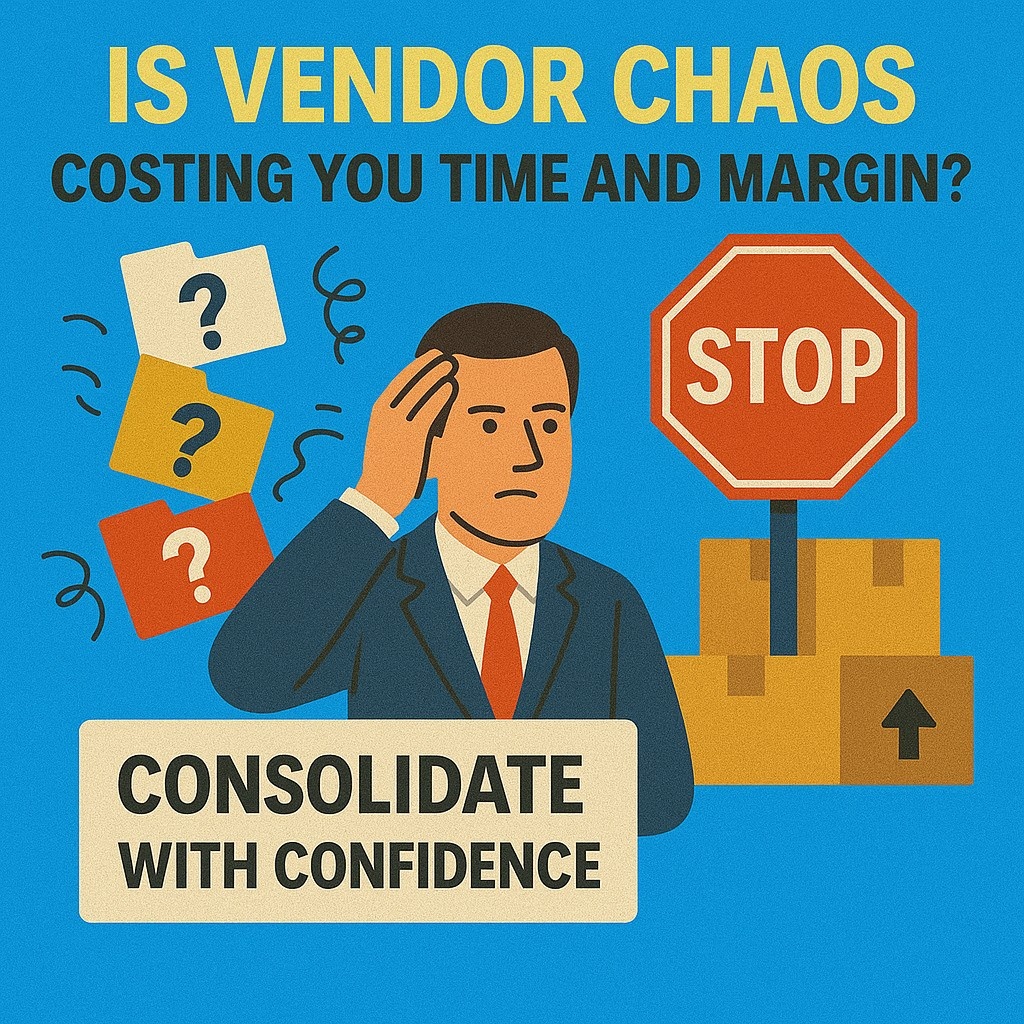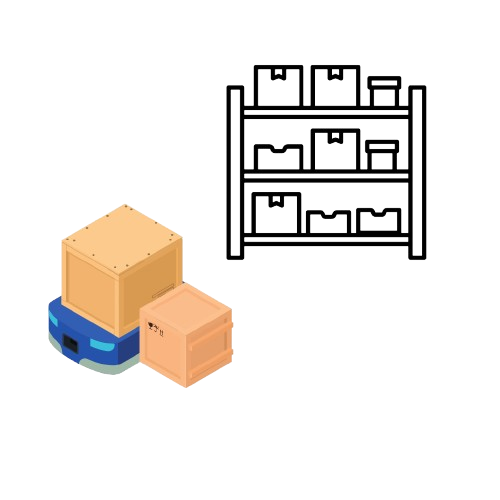On this page
For decades, global supply chains have relied on the Suez Canal, a 150-year-old maritime artery that handles nearly a third of all container traffic. But its vulnerability was laid bare in 2021 when a single ship, the Ever Given, caused a six-day blockage that cost the global economy billions.
For C-suite and procurement leaders in the United States, this raised a critical question: Is our supply chain built to withstand the next major disruption?
The India-Middle East-Europe Economic Corridor (IMEC) is the strategic answer to that question. Launched in 2023, IMEC is not just another route; it's a resilient, multi-modal trade network designed to connect Asia and Europe with unprecedented speed and reliability. This guide explains what IMEC is, how it works, and what it means for the future of your business.
What is the India-Middle East-Europe Economic Corridor (IMEC)?
Announced at the G20 summit, IMEC is a landmark infrastructure project backed by India, the US, the EU, the UAE, Saudi Arabia, and other partners. It establishes a seamless trade route connecting India to Europe through the Arabian Peninsula.
IMEC is designed as a strategic alternative to two existing routes:
-
The congested Suez Canal, mitigating risks of blockage and conflict.
-
China’s Belt and Road Initiative, offering a more transparent and market-driven corridor.
IMEC vs. Suez Canal: The Business Case for a New Route
For US companies with partners or suppliers in Asia, the advantages of IMEC are clear and quantifiable. The corridor is engineered to be fundamentally more efficient and secure.
How the IMEC Route Works: From Mumbai to Europe
IMEC’s innovation lies in its combination of sea and land transport, creating a streamlined logistics chain:
-
Sea Route (East): Goods are shipped from ports in India, such as Mumbai, to ports in the UAE.
-
Rail Route (Land Bridge): From the UAE, goods travel via a new, high-speed rail network through Saudi Arabia and Jordan, ultimately reaching the port of Haifa in Israel.
-
Sea Route (West): From Haifa, goods are shipped directly to ports across Europe, such as Piraeus in Greece, Marseille in France, and Messina in Italy.
Current Progress and Key Developments (as of July 2025)
IMEC is moving from concept to reality with significant momentum:
-
An operational framework between India and the UAE is already in place.
-
India has approved the Vadhavan mega-port project to serve as a key feeder port for IMEC.
-
Adani Group is expanding and modernizing Israel's Haifa port.
-
Funding and logistical planning are being actively mobilized by EU, Gulf, and Indian partners.
Strategic Implications for US Procurement & C-Suite Leaders
For US businesses, IMEC is more than an infrastructure project; it's a competitive advantage.
Shorter Lead Times & Lower Landed Costs:
With a 40% reduction in transit time, companies can reduce inventory holding costs, respond faster to market demand in Europe, and lower their total landed costs for goods.
Reduced Geopolitical Risk Exposure:
By providing a stable alternative to the Red Sea/Suez Canal, IMEC insulates supply chains from regional conflicts and logistical chokepoints, a crucial factor for any risk management strategy.
Access to New Production & Logistics Hubs:
The corridor unlocks the vast manufacturing and logistical potential of its anchor nations. It positions India and Saudi Arabia as pivotal hubs for production and distribution, allowing businesses to nearshore or diversify their supplier base closer to key markets.
The Pivotal Role of India and Saudi Arabia
As IMEC reshapes global trade, India and Saudi Arabia are emerging as the two most critical hubs within the corridor.
-
India: As the eastern anchor, it serves as a massive production base and the gateway for all of Asia into the corridor.
-
Saudi Arabia: Its strategic location and massive investment in rail and logistics infrastructure make it the central land bridge connecting the Indian Ocean to the Mediterranean.
For US companies, establishing a presence or partnerships in these two nations means positioning your business directly at the heart of the 21st century's most important new trade route.
Position Your Business at the Heart of IMEC
The corridors you invest in today will define your competitive landscape for decades. As tomorrow's trade flows are being built, now is the time to align your procurement and manufacturing strategy with this vision.
Gate Corporation USA operates at the nexus of this new corridor, with strategic facilities in both India and Saudi Arabia. Our presence in these two pivotal IMEC hubs allows us to deliver resilient, scalable, and cost-efficient supply chain solutions.
Ready to future-proof your global operations?
Contact our team to learn how you can leverage our presence in these pivotal IMEC hubs to reduce costs, minimize risk, and accelerate your growth.

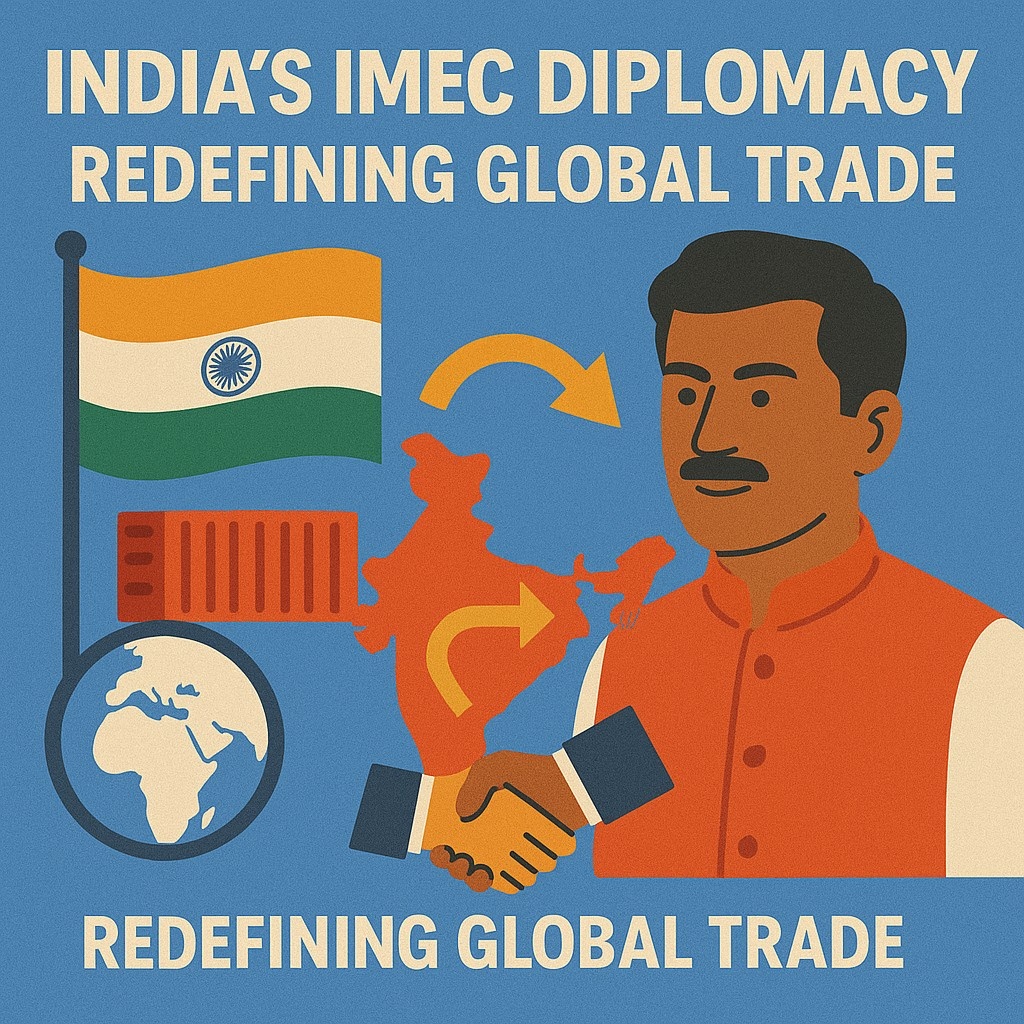
.png)

